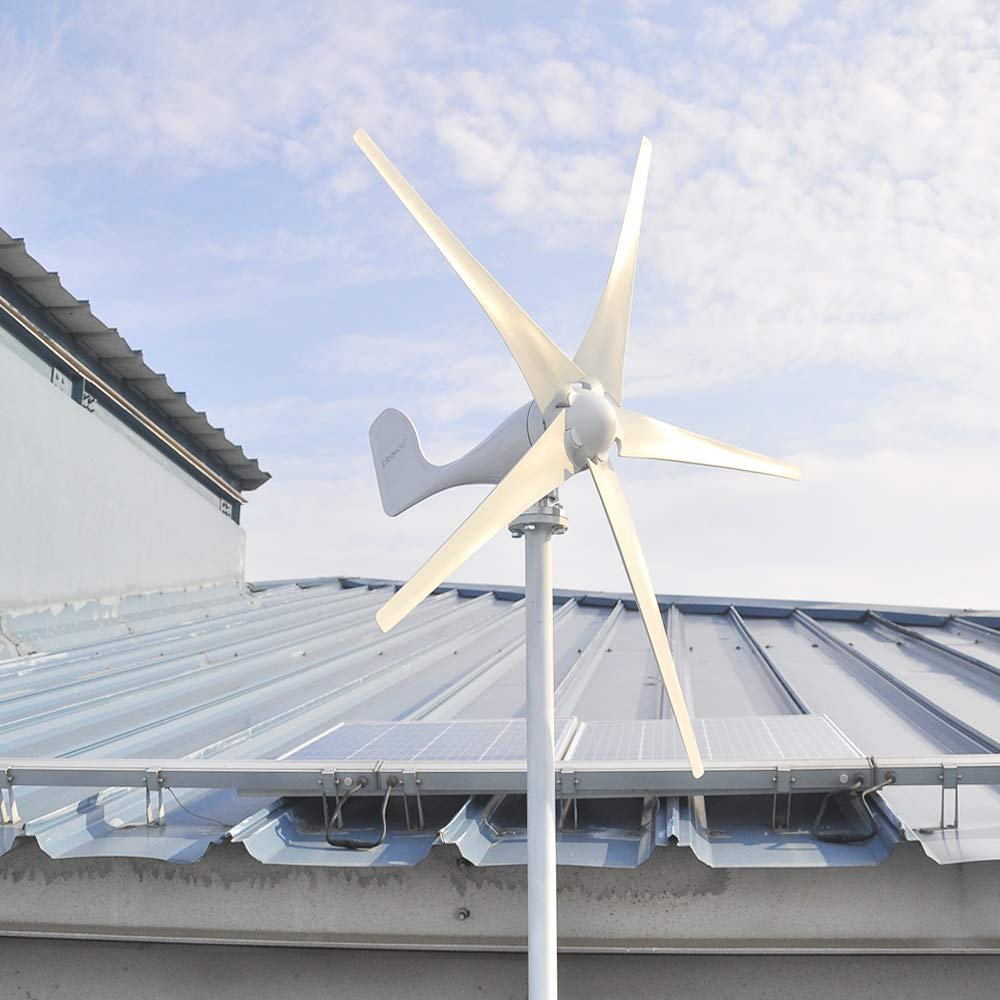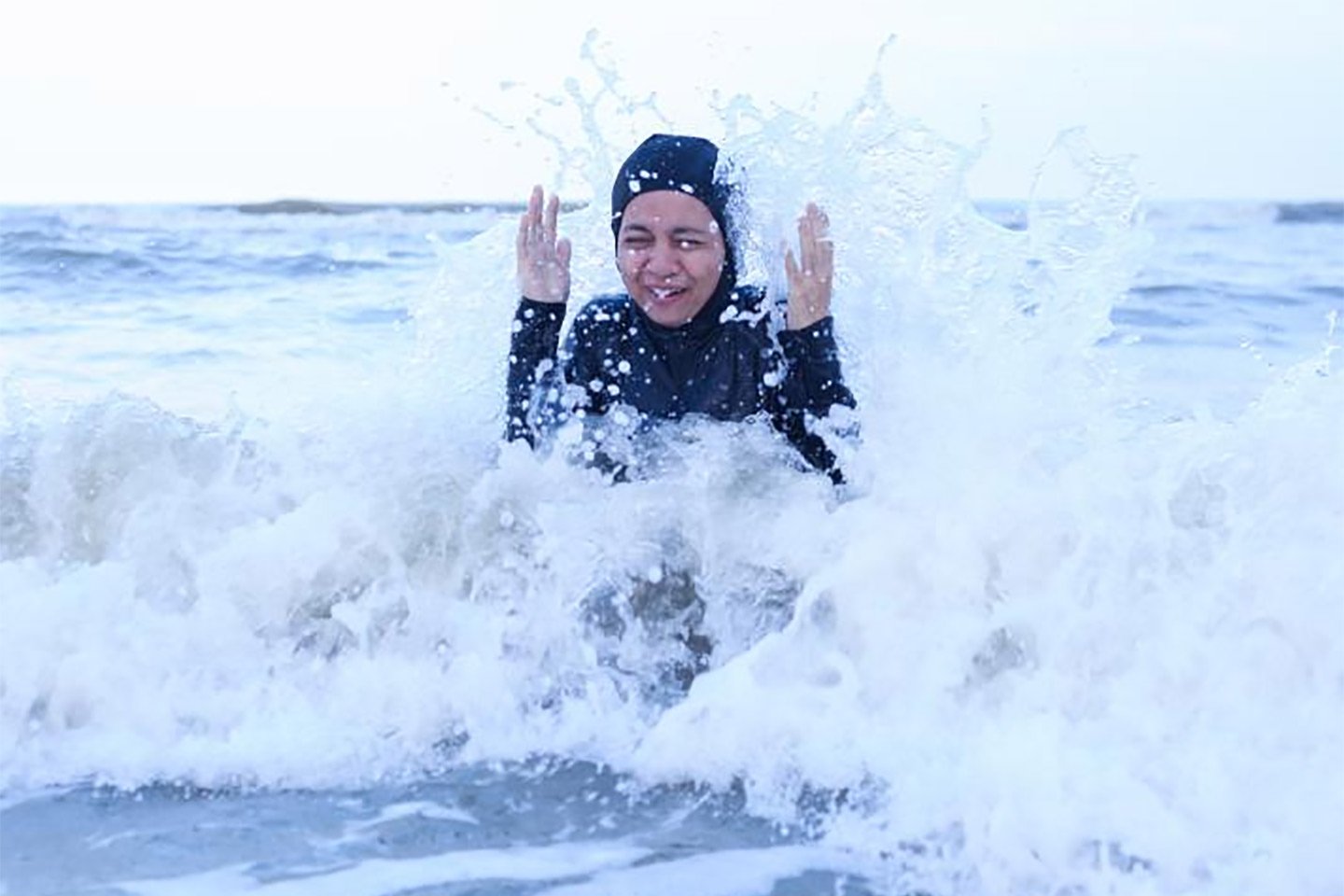How to install a wind turbine at home to generate electricity
Installing a wind turbine to generate electricity for your home involves several steps and considerations. Here’s a general overview of the process:
- Assess Feasibility:
- Determine if your location is suitable for a wind turbine. You need a location with consistent and relatively high wind speeds. Generally, wind speeds of 5-6 meters per second (11-13 miles per hour) or more are considered ideal.
- Check local zoning regulations, building codes, and permits required for wind turbine installations. You may need to obtain permits and approvals from local authorities.
- Choose the Right Turbine:
- Select a wind turbine that matches your energy needs and wind conditions. There are various types of wind turbines, including horizontal-axis and vertical-axis designs.
- Consider the turbine’s capacity (rated power output), rotor diameter, tower height, and maintenance requirements when making your choice.
- Determine Tower Height:
- The height of the tower plays a significant role in harnessing wind energy. Taller towers generally access stronger and more consistent winds.
- Conduct a wind resource assessment to determine the optimal tower height for your location.
- Install the Tower:
- Erect the tower according to the manufacturer’s instructions and local building codes. Tower installation typically involves digging a foundation, setting anchors, and assembling the tower sections.
- Ensure the tower is properly secured to withstand wind loads.
- Mount the Turbine:
- Assemble and mount the wind turbine on top of the tower. Follow the manufacturer’s guidelines for installation, which may require specialized equipment and expertise.
- Electrical Wiring:
- Connect the wind turbine to an inverter, which converts the generated electricity from AC to DC, making it suitable for home use.
- Install a disconnect switch and safety features to prevent overcharging or other electrical issues.
- Grid Connection (Optional):
- Depending on your setup and local regulations, you may need to connect your wind turbine to the grid. This allows you to sell excess electricity back to the utility or use it when the wind is not blowing.
- Grid connection often requires additional equipment and compliance with utility rules.
- Maintenance and Monitoring:
- Regularly inspect and maintain your wind turbine to ensure it operates efficiently and safely.
- Implement a monitoring system to track energy production and turbine performance.
- Safety Precautions:
- Wind turbines can be hazardous, so follow safety guidelines and consider installing warning signs and fencing to keep people and animals away.
- Budget and Financing:
- Be aware that wind turbine installations can be expensive, and it may take several years to recoup your investment through energy savings or incentives. Explore financing options and available incentives in your area.
- Professional Assistance:
- Given the complexity of wind turbine installations, it’s often advisable to hire professionals with experience in wind energy systems to assist with planning, installation, and maintenance.
Remember that wind energy systems can vary widely in size and complexity, so consulting with experts and thoroughly researching your options is crucial before proceeding with a wind turbine installation for your home.


 Day 49
Day 49
 Day 47
Day 47